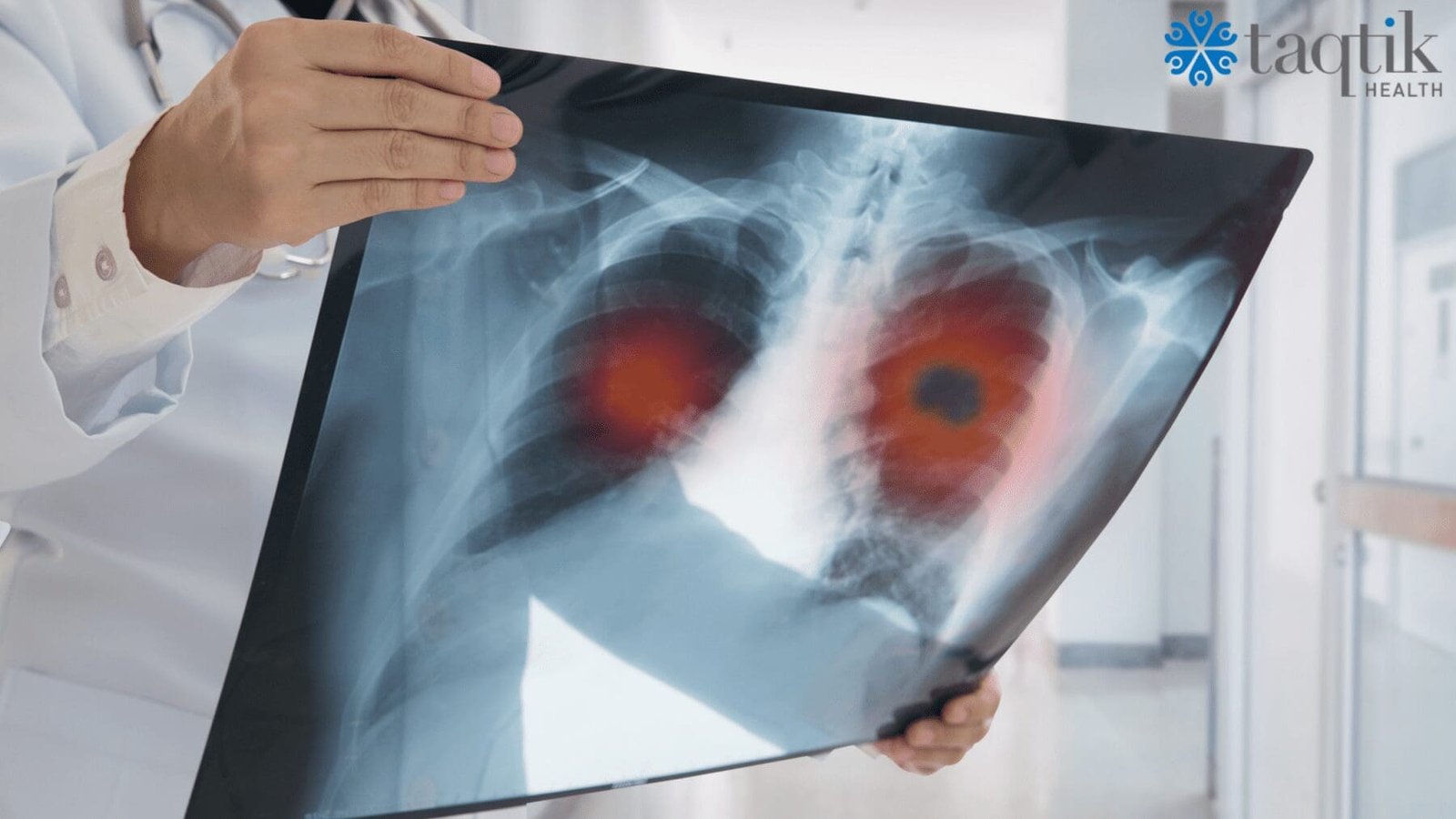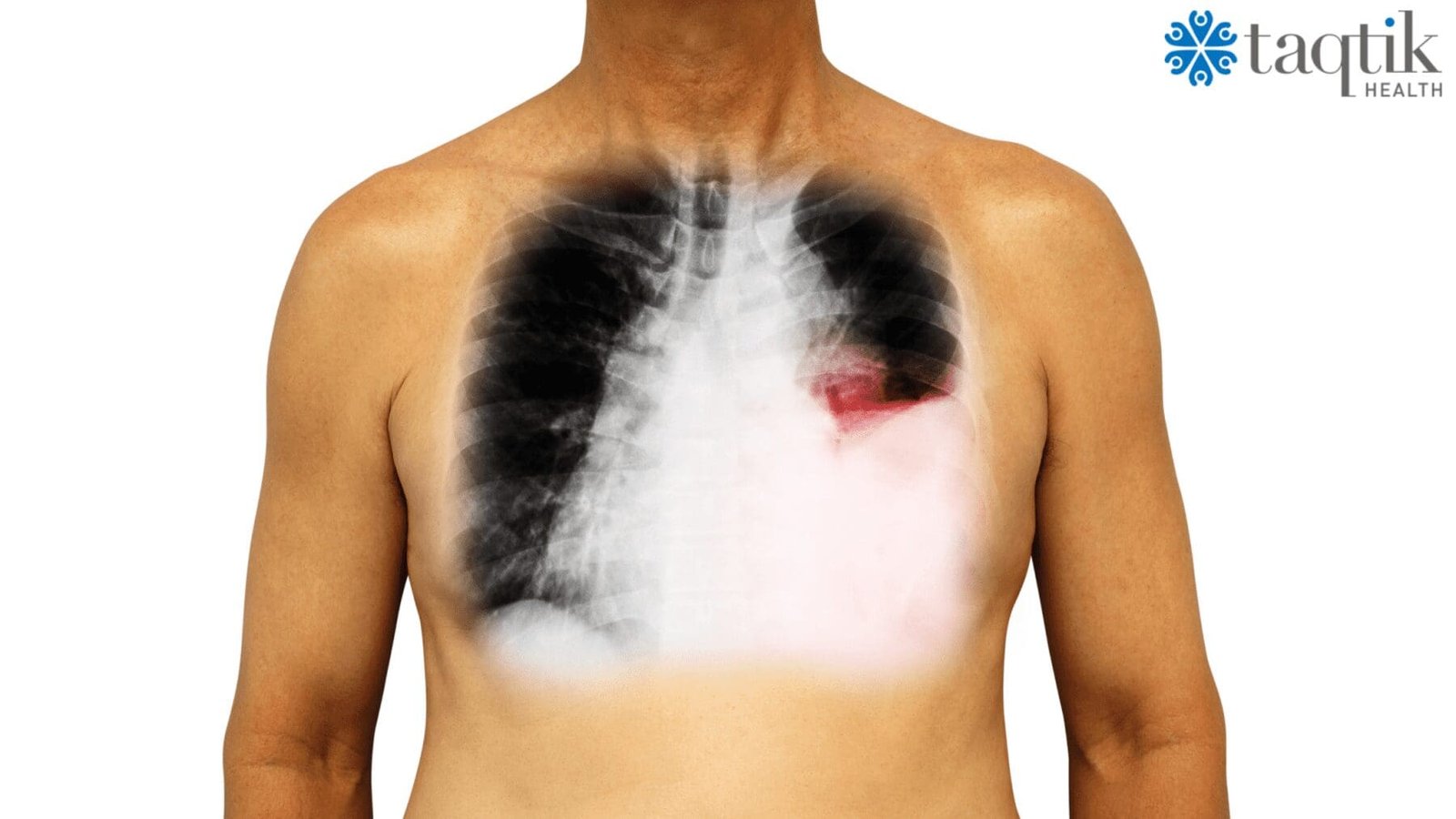Diagnosing Lung Cancer Early
Here are the common ways of diagnosing lung cancer and why early diagnosis increases the chances of survival for patients who have this disease
Lung cancer is the fastest-growing smoking-related disease in the world, it is also fastest-growing cancer with almost a million+ people being diagnosed every year around the world. This kind of growth is cause for alarm, to be sure, but even more alarming is the fact that symptoms do not usually occur to suggest lung cancer until it has progressed beyond a surgically treatable option. When it comes to diagnosing lung cancer there are many options. However, until a doctor has reason to believe that a patient has this disease, there is seldom a reason to run any of these tests creating a situation where the disease has to progress substantially before a diagnosis is made.
Diagnosing Lung Cancer
The most common way of diagnosing lung cancer is via a chest x-ray. Generally, the chest x-ray is ordered to determine the cause of pneumonia which often results in the discovery of this disease, especially in the case of recurring pneumonia in the same section of the lungs. While this is a good way to diagnose cancer, the x-ray is not infallible and can only see masses in front of bones, not behind, so it is not 100% accurate in its diagnosis.
Another common, but less common than x-ray, way for diagnosing lung cancer is with a CT or more commonly known CAT scan. This scan allows doctors to see the smaller masses that an x-ray simply cannot see. The CAT scan is a better technology for this discovery, however, it is also more expensive so it is not used without a good cause. The CAT scan can also help doctors determine how far cancer has spread, and to where.
PET scans and MRI's are excellent ways to check for cancer, however, once again, they are not generally used for the diagnosis of lung cancer, instead, they are used to determine the spread of the disease and a PET scan can help doctors establish the number of cancerous tumors a person has in their body because of a special sugar injected into the body.
Taking a Biopsy
Once tumors are found on a person's lungs or throughout the body, diagnosing lung cancer becomes a matter of taking a biopsy. A biopsy is the removal of some of the suspected tissue from the person's body. It is then observed under a microscope to determine if it is a cancerous mass and if it is, what kind of cancer it might be.
The sooner it is diagnosed the better the prognosis for the patient. It is important for anyone who has been exposed to cancer-causing agents or who smoke to have themselves checked out for cancer whether they have symptoms or not. If they wait until symptoms it might be too late.
Start online assessment
Additional Lung Cancer Resources
Additional resources for lung cancer can be found at cancer.org, Healthline, lung.org, and the mayo clinic.
Cancer Treatment FAQ's can be found on our site here.
Next Steps
You can start your online assessment here. Our online cancer connector is available if you are a patient recently diagnosed with lung cancer, a caregiver caring for a cancer patient, or exploring options for a second opinion. If you have not been diagnosed but suspect you may have lung cancer please make an appointment to see your local general practitioner to arrange to have a diagnosis. If you have any questions and wish to speak or communicate with a patient navigator please make an inquiry here.
Early Signs of Lung Cancer
Not only cigarette smokers but there are nonsmokers who also do get lung cancer and smokers who don't get it. Early signs of lung cancer are very essential for diagnosing lung cancer early. A major killer of men and women in the world is lung cancer. The main contribution to lung disease is cigarette smoking,...Continue reading→
Proton Therapy vs. X-rays
Radiation therapy with X-rays is a valuable treatment option for many cancers but its role is limited by the risk of damage to organs adjacent to the tumor site that can sometimes be life threatening. This is because X-rays are highly penetrating, imparting ionizing energy to cells as they pass through the skin and tissues....Continue reading→
MediPolis Technique with Breast Cancer
Medipolis Technique: immobilization for breast cancer radiotherapy It is not always necessary to aim for great precision when the whole breast is irradiated after breast-conserving surgery but targeted proton beam therapy requires immobilization of the breast and this presents practical difficulties for clinicians. Further, there is no consensus on the best position of the patient...Continue reading→
Endovascular Treatment at IGT Clinic
Catheter guided cancer therapy: inject the drug only around the cancer area, instead of whole-body administration, which allows minimizing the dosage of drugs and damage to surrounding healthy organs. Under the advanced imaging instrument and technology, and experienced experts, IGT clinic has a long-time history and repeated patients worldwide. The clinic is located within...Continue reading→
Non-Surgical Cryoablation Treatment of Breast Cancer Tumors
Cryoablation is the technique of using extreme cold to destroy tissue. It has been used for years in medical applications like dermatology, kidney, prostate, and liver to treat both cancerous and non-cancerous tumors. Dr. Fukuma at Kameda Medical Hospital developed the technology to remove breast cancer by non-surgical cryoablation. By this non-surgical treatment, Dr. Fukuma's patients avoid...Continue reading→
Diet and Cancer
Diet is now considered a major factor in the prevention and treatment of cancer. According to the American National Cancer Institute about one-third of the cancers are linked to diet. Thus, right choices of foods can help prevent a majority of new cancer cases and deaths from cancer. Cancer usually develops over a long period....Continue reading→
Colorectal Cancer – Prevention Tips and Treatment Methods
Colorectal cancer, also called colon cancer. In the United States, it is the fourth most common cancer in men and women. The colon is the part of the digestive system where the waste material is stored. The rectum is the end of the colon adjacent to the anus. Colorectal cancer causes 655,000 deaths worldwide per...Continue reading→
About Cancer Research in the UK
Radiation therapy has advanced as well. While more sophisticated equipment and technology does less damage to the surrounding tissues, new discoveries and developments have brought about new and more effective medicines with fewer side effects. This and other advancements have been brought about by ongoing cancer research. Cancer Research UK is one research organization based...Continue reading→









